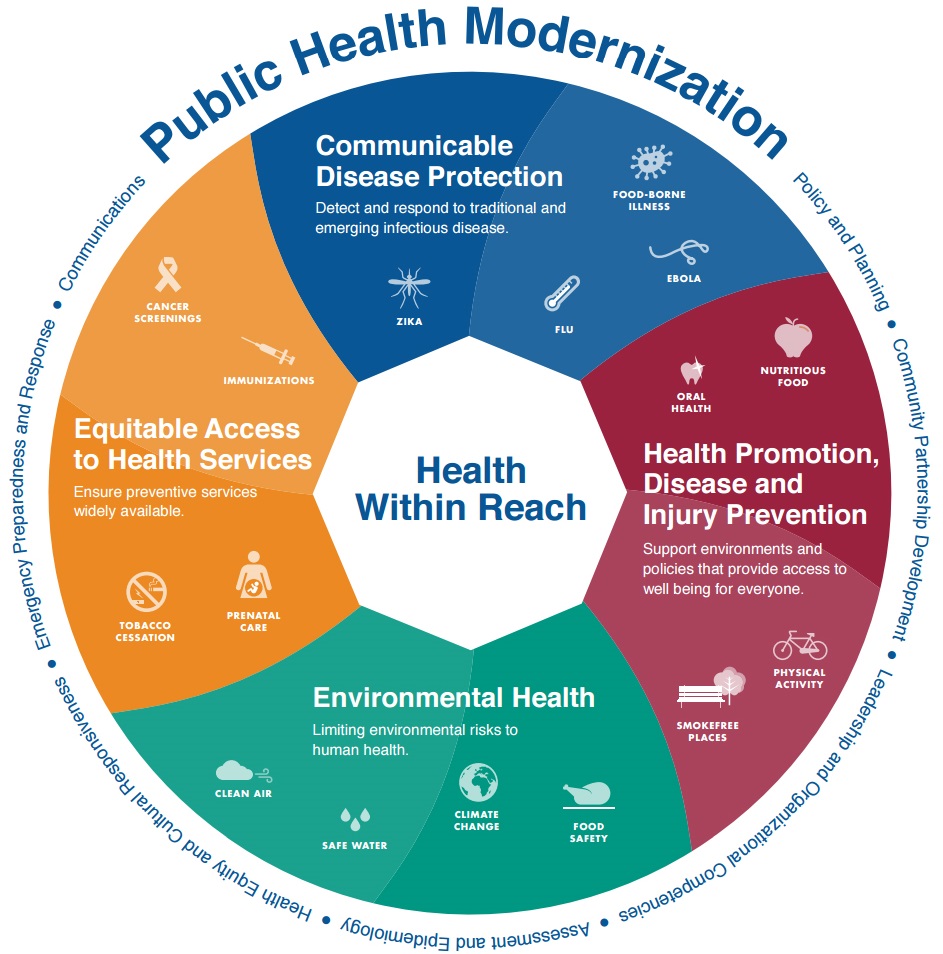Exploring PHMHaven: A Comprehensive Guide to Public Health Management in 2024

Public Health Management (PHMHaven) has become an increasingly vital aspect of healthcare systems worldwide. As we progress into 2024, the landscape of PHM continues to evolve, driven by technological advancements, new healthcare challenges, and shifting societal needs.
In this blog post, we’ll explore the key aspects of PHM, focusing on trends that are shaping the future, strategies for effective management, and the role of technology in advancing public health initiatives.
What is Public Health Management?
Public Health Management refers to the process of organizing, coordinating, and implementing policies, programs, and services that protect and improve the health of populations. It encompasses a wide range of activities, including disease prevention, health education, policy development, and emergency response. The primary goal of PHMHaven is to create healthier communities by addressing the social, environmental, and behavioral factors that influence health outcomes.
Key Trends Shaping Public Health Management in 2024
1. Artificial Intelligence and Data Analytics
One of the most significant trends in PHMHaven is the integration of Artificial Intelligence (AI) and data analytics into healthcare practices. AI has the potential to transform public health by enabling more accurate predictions of disease outbreaks, optimizing resource allocation, and personalizing patient care. Data analytics allows public health officials to identify trends and patterns that were previously difficult to detect, leading to more informed decision-making and proactive.
For example, AI-powered tools can analyze social media data to predict flu outbreaks in real-time, allowing healthcare providers to respond more quickly and effectively. Similarly, data analytics can help identify communities at high risk for certain diseases, enabling targeted interventions that can save lives and reduce healthcare costs.
2. Telemedicine and Remote Care
The COVID-19 pandemic accelerated the adoption of telemedicine, and it continues to be a crucial component of PHMHaven in 2024. Telemedicine allows healthcare providers to deliver care remotely, making it easier for patients in rural or underserved areas to access medical services. This trend is particularly important in managing chronic diseases, where regular monitoring and consultation are necessary.
Remote care technologies, such as wearable devices and mobile health apps, are also playing a growing role in PHMHaven. These tools enable continuous monitoring of patients’ health, providing real-time data to healthcare providers and empowering patients to take control of their health.
3. Focus on Mental Health
Mental health has gained significant attention in recent years, and it remains a top priority in public health management. The increasing prevalence of mental health disorders, coupled with the impact of global events like the COVID-19 pandemic, has highlighted the need for comprehensive mental health services.
PHMHaven in 2024 is expected to place greater emphasis on integrating mental health into primary care and public health programs. This includes expanding access to mental health services, reducing stigma, and promoting mental well-being through community-based initiatives. Additionally, there is a growing recognition of the importance of addressing the social determinants of mental health, such as housing, employment, and education.
4. Health Equity and Social Determinants of Health
Health equity remains a critical focus in public health management, with efforts to address the social determinants of health (SDOH) gaining momentum. SDOH are the conditions in which people are born, live, work, and age, and they have a significant impact on health outcomes.
In 2024, PHMHaven strategies are increasingly aimed at reducing health disparities by addressing SDOH. This includes initiatives to improve access to healthy food, safe housing, education, and economic opportunities. Public health professionals are also working to ensure that healthcare services are culturally and linguistically appropriate, making them more accessible to diverse populations.
5. Preparedness for Public Health Emergencies
The COVID-19 pandemic underscored the importance of preparedness in public health management. As we move into 2024, there is a continued focus on strengthening the capacity of public health systems to respond to emergencies, including pandemics, natural disasters, and bioterrorism.
Preparedness involves not only the availability of medical supplies and personnel but also the ability to quickly disseminate information to the public and coordinate efforts across multiple sectors. Public health agencies are working to develop more robust surveillance systems, improve communication channels, and enhance collaboration with other sectors, such as education, transportation, and law enforcement.
Strategies for Effective Public Health Management

To effectively manage public health, several strategies must be employed:
- Collaboration and Partnerships: Public health challenges are often complex and require the collaboration of multiple stakeholders, including government agencies, healthcare providers, community organizations, and the private sector. Building strong partnerships is essential for addressing health issues at the population level.
- Community Engagement: Engaging communities in public health initiatives is crucial for their success. Public health professionals must work closely with community leaders, organizations, and residents to understand their needs, build trust, and ensure that programs are culturally appropriate and accessible.
- Continuous Monitoring and Evaluation: Public health programs must be continuously monitored and evaluated to ensure they are effective and achieving their goals. This requires the use of data to track progress, identify areas for improvement, and make evidence-based decisions.
- Advocacy and Policy Development: Public health management also involves advocating for policies that promote health and well-being. This includes working with policymakers to develop and implement laws and regulations that address public health issues, such as tobacco control, environmental protection, and access to healthcare.
The Role of Technology in Advancing Public Health
Technology is playing an increasingly important role in advancing public health management. From AI and data analytics to telemedicine and mobile health apps, technological innovations are enabling public health professionals to work more efficiently and effectively.
One of the most exciting developments in this area is the use of predictive analytics to forecast public health trends and identify potential risks. By analyzing large datasets, public health officials can predict disease outbreaks, track the spread of infections, and allocate resources more effectively.
Mobile health apps and wearable devices are also empowering individuals to take control of their health. These tools provide real-time feedback on health metrics, such as heart rate, physical activity, and sleep patterns, helping users make informed decisions about their health.
FAQs about Public Health Management
Q: What is the primary goal of public health management?
A: The primary goal of public health management is to protect and improve the health of populations by addressing the social, environmental, and behavioral factors that influence health outcomes.
Q: How does AI impact public health management?
B: AI enhances public health management by enabling more accurate predictions of disease outbreaks, optimizing resource allocation, and personalizing patient care.
Q: What role does telemedicine play in public health?
C: Allows healthcare providers to deliver care remotely, making it easier for patients in rural or underserved areas to access medical services. It is particularly important for managing chronic diseases and providing mental health support.
Q: Why is health equity important in public health management?
D: Health equity is important because it ensures that all individuals have access to the resources they need to achieve good health, regardless of their socioeconomic status, race, or geographic location.
Q: How can public health professionals prepare for emergencies?
E: Public health professionals can prepare for emergencies by developing robust surveillance systems, improving communication channels, and enhancing collaboration with other sectors.
In conclusion, Public Health Management in 2024 is marked by technological advancements, a focus on health equity, and the continued importance of preparedness. By staying informed about these trends and adopting effective strategies, public health professionals can continue to protect and improve the health of populations worldwide.

